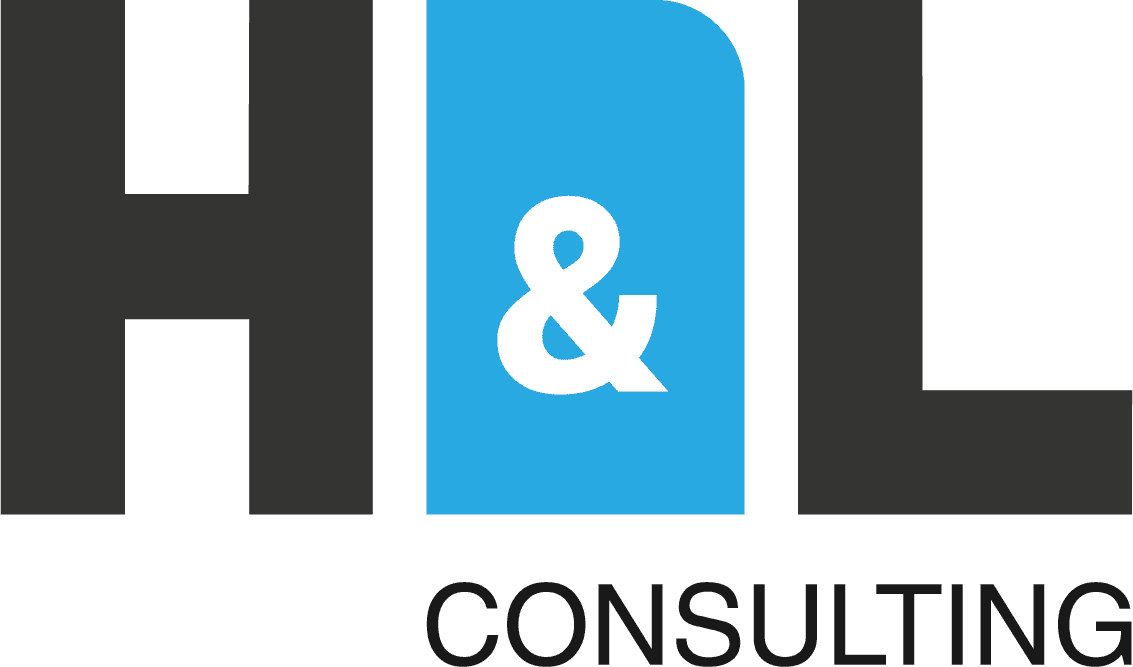Quality Assurance (QA) is a critical component of software development, ensuring products meet high standards before they reach users. As technology evolves, so do testing methodologies, automation tools, and security concerns. To keep up with the fast-paced changes in software development, QA teams must adapt their strategies to maintain efficiency and reliability.
In this guide, we’ll walk you through the best QA practices for 2025, covering automation, security, AI-driven testing, and performance optimization. Whether you’re a seasoned QA engineer or just starting, this step-by-step approach will help you enhance your testing process and deliver high-quality software.
1. The Evolution of QA in 2025
As software development lifecycles shorten, QA teams must shift their focus from defect detection to defect prevention. Several key trends are shaping QA in 2025:
- Shift-Left Testing: Testing is integrated earlier in the development process, reducing defects at later stages.
- AI-Driven Testing: Machine learning enhances test automation, improving accuracy and efficiency.
- Test Automation Growth: More companies are leveraging automation tools to accelerate testing cycles.
- Security as a Priority: With cyber threats increasing, QA teams play a bigger role in identifying vulnerabilities.
Keeping up with these trends ensures your QA process is modern, effective, and aligned with industry best practices.
2. Building a Strong QA Process
To ensure a seamless testing workflow, follow these best practices:
Define Clear Testing Objectives
- Establish measurable goals for each testing phase.
- Align testing objectives with business and development needs.
Develop a Comprehensive Test Plan
- Identify the types of testing required (unit, regression, integration, etc.).
- Assign clear responsibilities within the QA team.
Prioritize Test Cases Based on Risk
- Focus on high-risk areas that impact functionality and security.
- Use risk-based testing to optimize testing efforts efficiently.
3. Automation vs. Manual Testing: Finding the Right Balance
Knowing when to automate and when to rely on manual testing is key to a successful QA process.
When to Use Automated Testing
- Repetitive tasks like regression testing.
- Load and performance testing.
- Testing in CI/CD pipelines for continuous integration.
When Manual Testing is Essential
- Exploratory testing for unexpected issues.
- Usability testing to evaluate user experience.
- Complex scenarios requiring human intuition.
Top Automation Tools for 2025
- Selenium – Open-source web automation.
- Cypress – Great for modern web apps.
- Playwright – Cross-browser testing.
- Appium – Mobile test automation.

4. Performance & Load Testing: Ensuring Scalability
Performance testing ensures your application remains stable under varying conditions.
Key Metrics to Monitor
- Response Time – The time taken for a request to be processed.
- Throughput – Number of requests handled per second.
- Scalability – The ability to handle increased traffic.
- Resource Utilization – CPU, memory, and bandwidth usage.
Performance Testing Tools
- JMeter – Load testing for web applications.
- Gatling – Efficient performance testing.
- LoadRunner – Enterprise-level performance analysis.
5. Strengthening Security with QA
As cyber threats continue to rise, QA teams must integrate security testing into their processes.
Key Security Testing Practices
- Conduct penetration testing to uncover vulnerabilities.
- Test authentication and authorization mechanisms.
- Identify risks like SQL injection and cross-site scripting (XSS).
Recommended Security Testing Tools
- Burp Suite – Web application security scanner.
- OWASP ZAP – Open-source security testing.
- SonarQube – Code quality and security analysis.
6. AI & Machine Learning in QA
Artificial intelligence is revolutionizing software testing, making it more intelligent, predictive, and automated.
How AI is Transforming QA
- Self-healing automation: AI adapts test scripts when the UI changes.
- Defect prediction: AI analyzes past data to predict potential failures.
- Smarter test case selection: AI identifies critical test scenarios dynamically.
AI-Powered Testing Tools
- Testim – AI-based test automation.
- Applitools – AI-driven visual testing.
- Mabl – Intelligent, self-healing testing.
7. QA in Agile & DevOps Environments
Modern development requires QA teams to be fully integrated into Agile and DevOps workflows.
Key Agile & DevOps QA Practices
- Shift-left testing – Detect defects early in development.
- Continuous testing – Automate testing in CI/CD pipelines.
- Cross-functional collaboration – Work closely with developers and operations teams.
Best DevOps & CI/CD Tools for QA
- Jenkins – Automates build and test processes.
- GitHub Actions – Seamless workflow automation.
- Docker – Ensures consistent test environments.

Final Thoughts
Quality Assurance is evolving rapidly, and staying ahead requires adaptability, automation, and security-first thinking. By integrating AI-driven testing, prioritizing security, and balancing manual and automated testing, QA teams can deliver high-quality software efficiently in 2025.
If you are looking for an experienced IT provider, H&L Consulting is the best option. With years of experience, we specialize in mobile app development, web app development, staff augmentation, and robot process automation. Our staff of over 30 highly qualified IT consultants and developers can handle projects of any scale. We are committed to supporting your goals after successfully delivering over 50 solutions to clients throughout the world. Contact us for a full discussion, knowing that H&L Consulting is prepared to fulfill all your IT demands with specialized, effective solutions.









